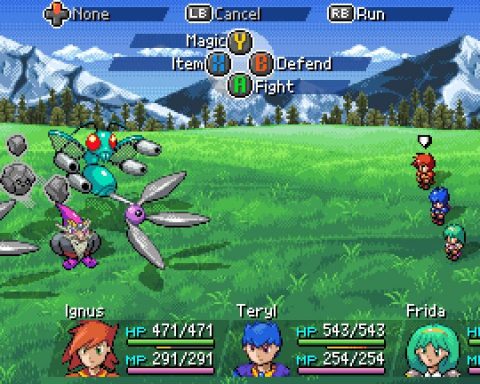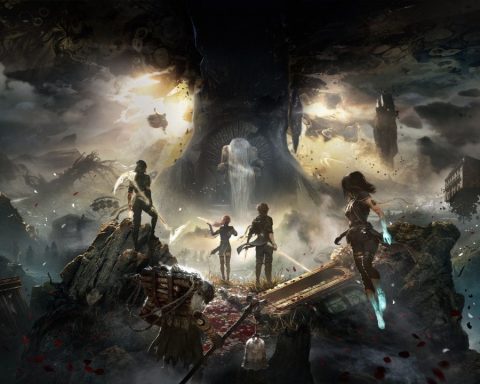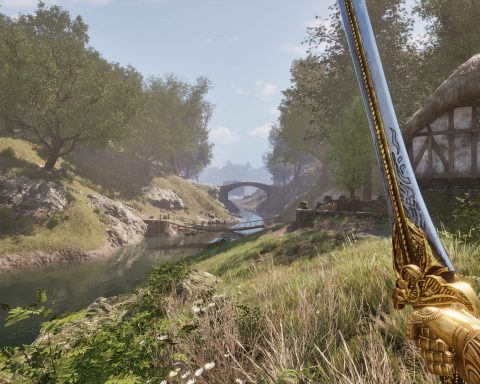One thing I love about the indie games space is that if you like something, you’ll always be able to find more of it. Room to Grow is an elegantly designed puzzle game that instantly reminded me of modern puzzle triumphs like Snakebird, The Witness and Stephen’s Sausage Roll. Despite its simple controls and visual style, Room to Grow is a complex order-of-operations puzzler that will stump genre veterans with its unique limitations on movement. It strikes a fair balance between a punishing degree of challenge and the euphoria of success. The difficulty does require some determination from the player, so if you’re the kind of person who can stay intrinsically motivated in the face of an arduous problem, then you’ll find hours of delight from this game.
Don’t let the simplicity fool you though; within a few short tutorial levels, the game already proves itself ready to hurl incredibly prickly challenges at players. Most levels are designed around a task that initially appears simple, but because of one tiny limitation, instead requires an out-of-the-box solution. It’s not unusual to spend upwards of half an hour on the more challenging puzzles, rewinding and exploring every possibility until you finally find the clincher.
Mark Brown did a brilliant Youtube video a couple of years back on puzzle design (and sadly, we can’t seem to find it, else we’d link it), and he outlined the tenets of any puzzle as being a set of mechanics and parameters, a “catch” where the solution is obvious but seems impossible, and then the revelation which requires a recontextualization of the puzzle’s information in a creative way. If the puzzle fails to incorporate all of these elements, it often feels unsatisfying; either it becomes arbitrary (as the player needs to go through the motions to achieve success) or it becomes esoteric (which makes the player give up and use a walkthrough).
Every puzzle in Room to Grow strikes the balance between complex and revelatory, which means that every challenge feels fair and no level feels arbitrary. Most of my experiences at the start of each new level was to think: “wait, but this one actually is impossible, there’s no way to make this work”. But the beauty of Room to Grow’s design is that the player knows there has to be a valid solution – so as long as they experiment, they’ll eventually discover a unique way to manoeuvre their cactus to bring about the win. Throughout the game’s 100+ levels, there are so many moments of utter satisfaction which comes about prying a victory out of seemingly impossible circumstances.
Room to Grow thus becomes a much more joyful puzzle game compared to many others of its ilk. It’s clear that playtesting and iteration has gone into every level, so that the perfect level of challenge can arise out of the simple design. I like the way that new mechanics are slowly trickled in as the player gets more skilled, so that the later levels look just as impressive as the wit it would take to solve them. The graphics and production values are all fairly utilitarian, which means the game doesn’t screenshot well. Although the main cactus is pretty cute, with its beady disembodied eyes, there’s nothing here that will make a prospective player say “wow” until they’re first thrown into a level that puts their problem solving to the test.
But that’s also part of the game’s charm. Room to Grow is a game that asks to be played on its own terms. And while it’s unlikely that every player will enjoy staring at the same grid-screen as the minutes turn to hours, carefully checking every permutation of movements to finally find the one golden solution, when the game finds its intended audience, the design here really sings.
Contributor










